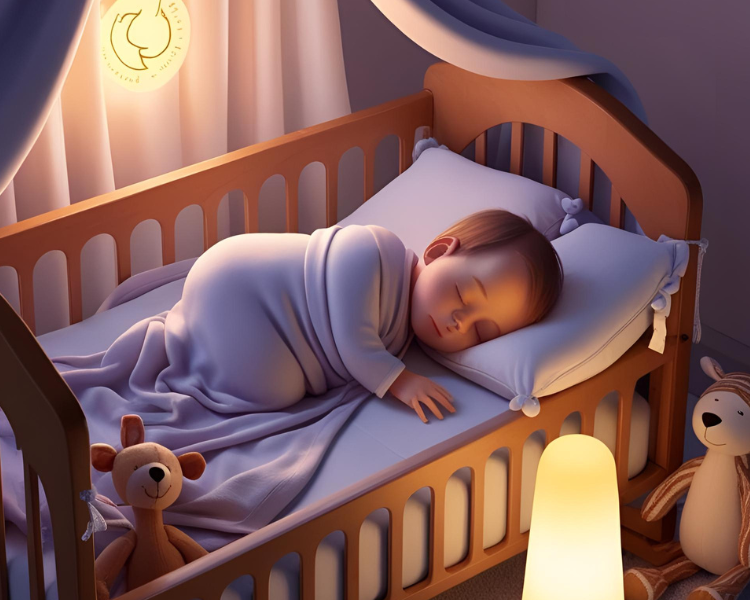
Few Tips to Transition from Crib to Bed without Disrupting Sleep
Share
Transitioning your toddler from a crib to a bed is a big milestone, but it can also be a challenging one. Many parents worry about disrupted sleep and bedtime resistance. With the right approach, you can make this transition smooth and stress-free for both you and your child.
When is the Right Time to Transition?
There’s no set age, but most children make the switch between 18 months and 3 years old. Signs your child may be ready include:
✔️ Trying to climb out of the crib
✔️ Expressing interest in a “big kid” bed
✔️ Potty training and needing nighttime access to the bathroom
✔️ Outgrowing the crib
Steps to a Smooth Crib-to-Bed Transition
1. Choose the right bed
-
A toddler bed with guardrails can help your child feel secure.
-
If moving to a twin bed, consider placing it low to the ground for safety.
-
Let your child help pick out their new bed or bedding to make it exciting!
2. Keep the bedtime routine consistent
-
Stick to the same nighttime routine (bath, pajamas, story, bed).
-
This consistency signals that bedtime expectations haven’t changed.
3. Make the new bed feel familiar
-
Use the same blankets, stuffed animals, or pillows from the crib.
-
Position the bed in the same spot as the crib if possible.
4. Ease into the transition
-
Start with naps in the new bed before transitioning to full nights.
-
Consider letting your child try the new bed while keeping the crib in the room for a short adjustment period.
5. Set clear bedtime rules
-
Explain that bedtime means staying in bed until morning.
-
Use a toddler-friendly clock that shows when it’s time to wake up.
6. Offer positive reinforcement
-
Praise your child for staying in bed all night.
-
Use a reward chart with stickers for good sleep habits.
7. Be patient with setbacks
-
Some toddlers may get out of bed frequently at first—calmly walk them back each time.
-
If your child wakes up in the middle of the night, reassure them but avoid engaging too much.
